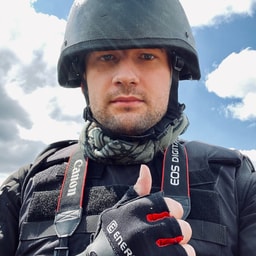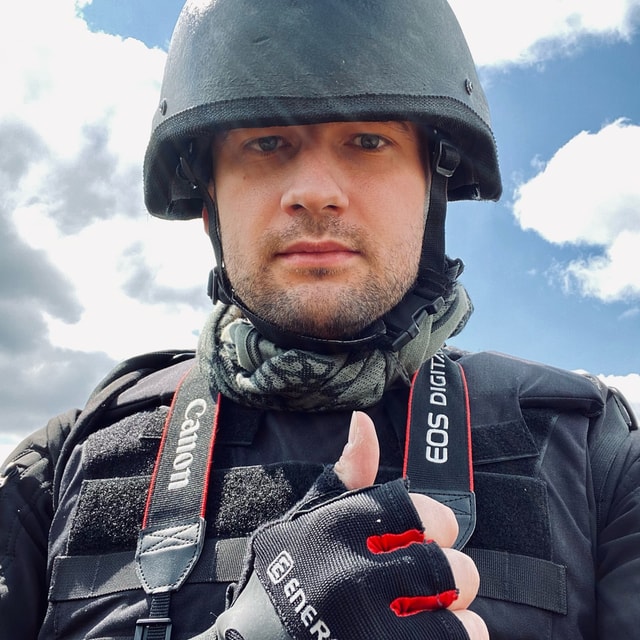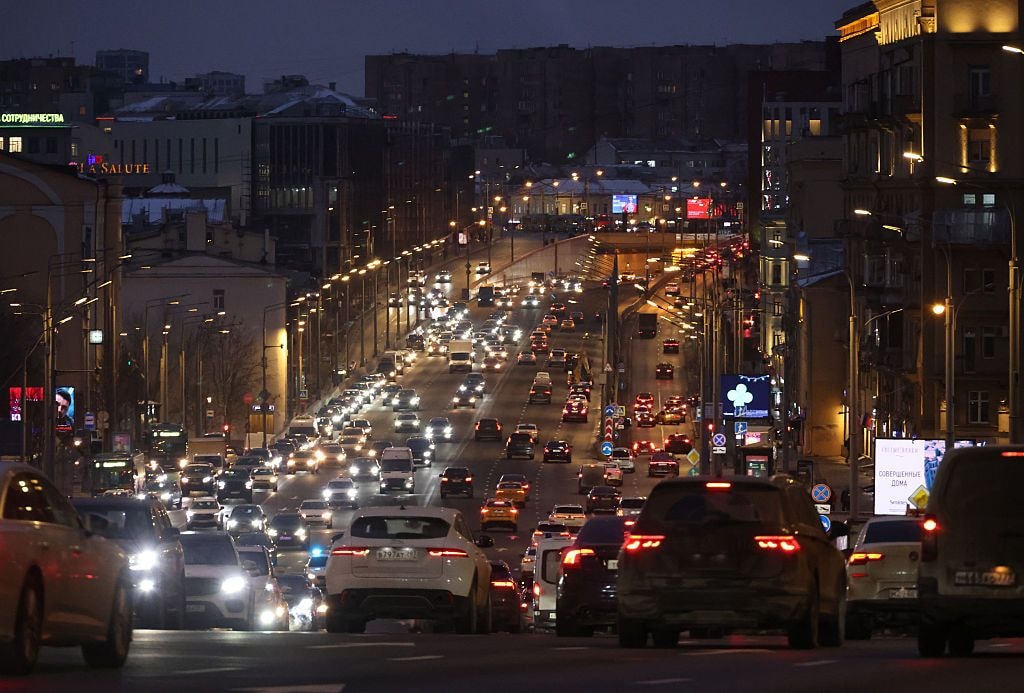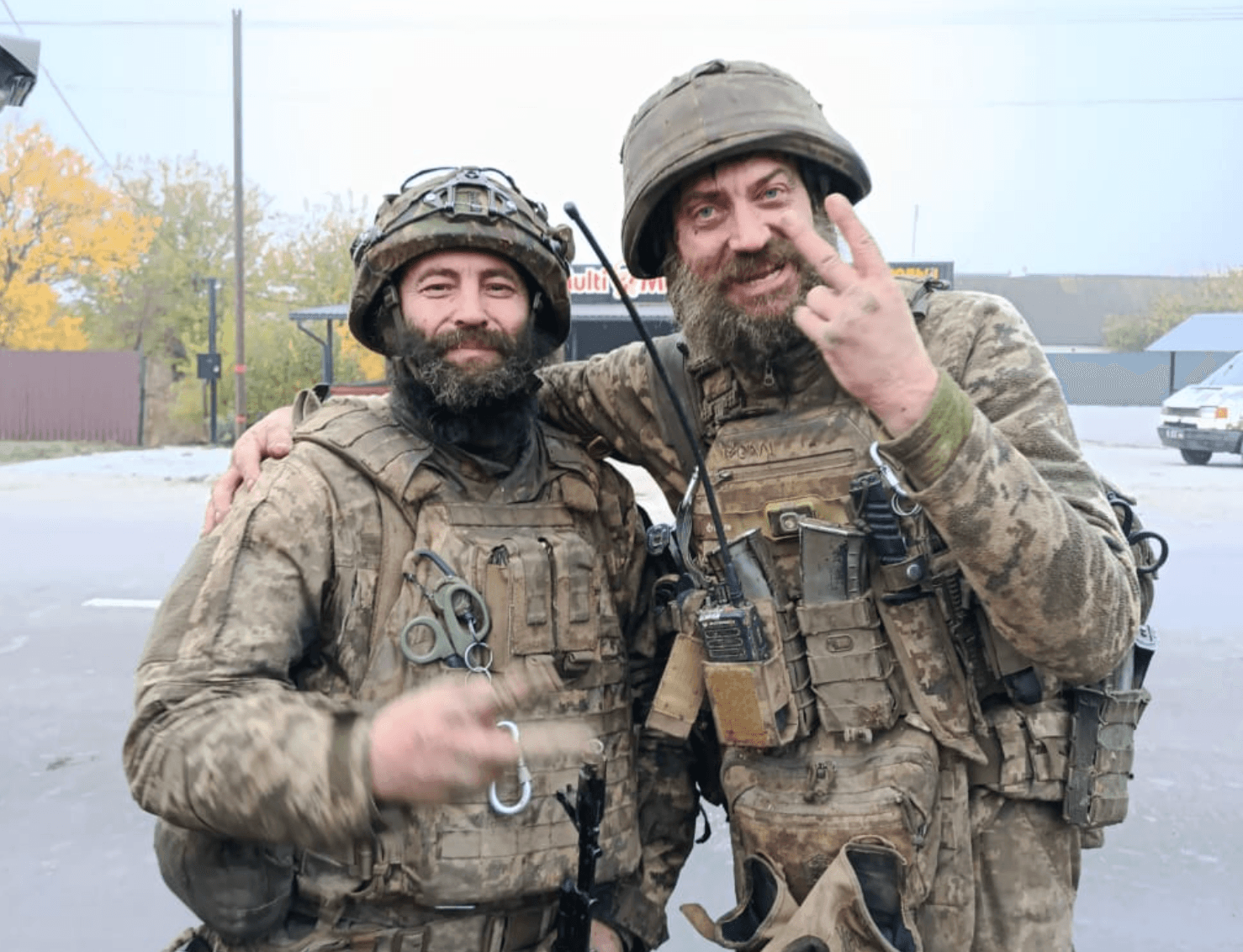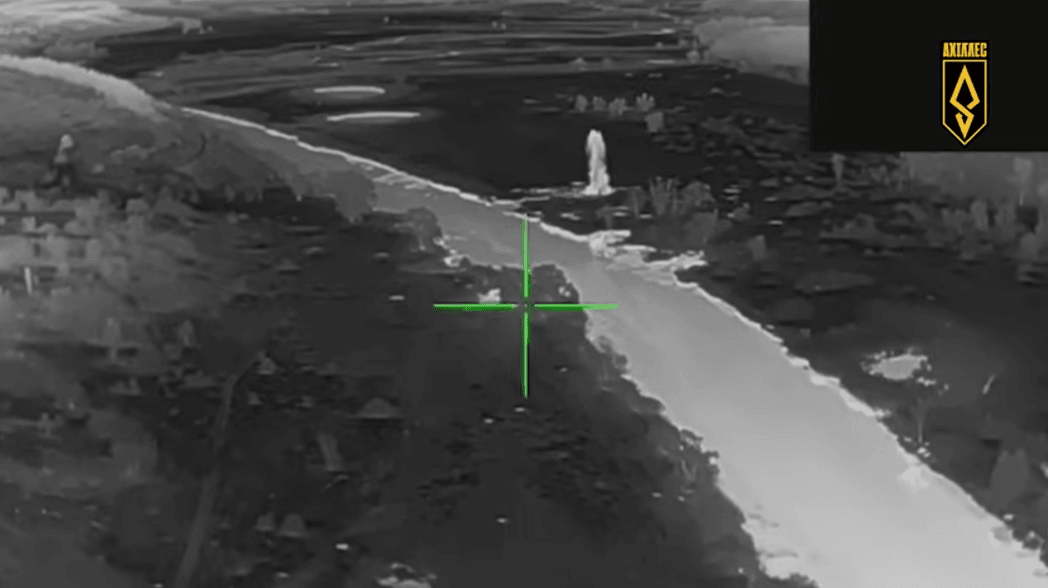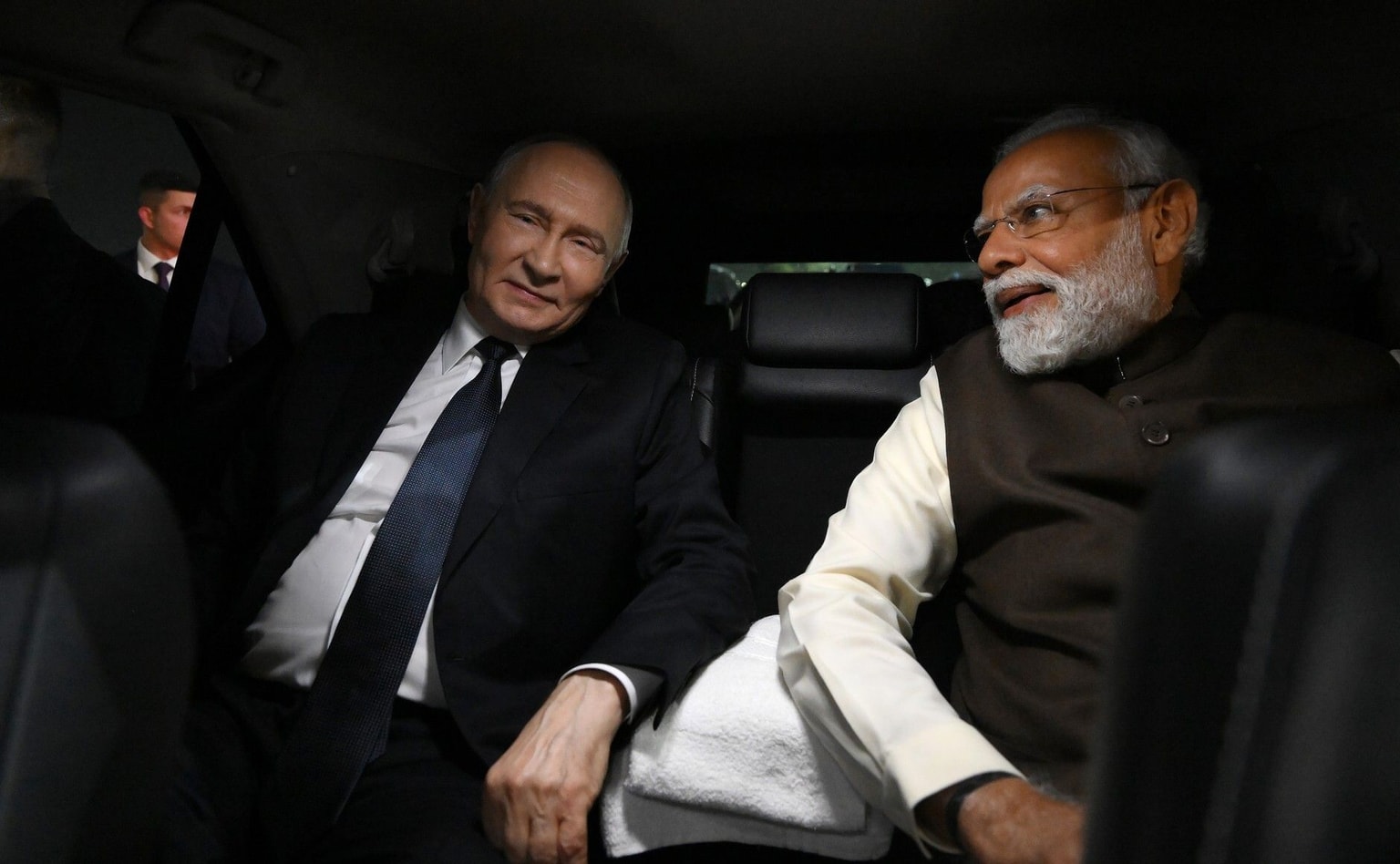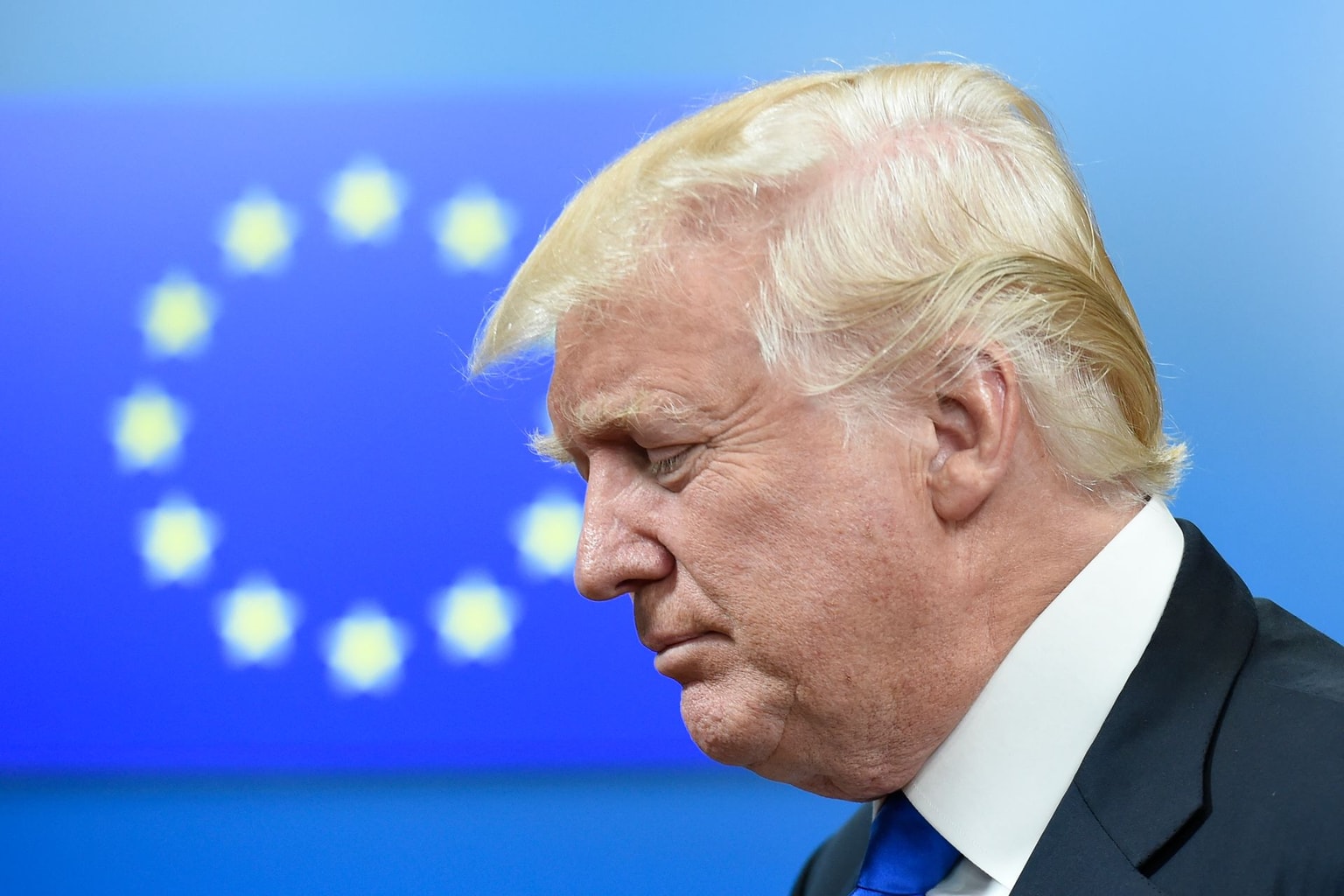Russia’s offensive in Donbas bogs down

The Battle of Donbas is raging high, but it’s not going the way Russia wanted it to.
Almost 20 days in, the much-anticipated and feared grand offensive falls short of expectations.
It is still not even close to achieving its ultimate goal — the encircling and crippling of the core Ukrainian military group in the region.
Amid fierce hostilities, Russia has only managed to achieve limited territorial gains at significant cost.
Slow and painful, the offensive has gradually stalled amid weak Russian reserves and strong Ukrainian defenses.
The assault appears destined to fall short of the symbolic success that Russia likely wished to achieve prior to Victory Day on May 9, the day on which Russia commemorates its role in the defeat of Nazi Germany in World War II.
Broken axis
Prior to the beginning of the Donbas offensive in early April, Russia, according to estimates, concentrated a total of somewhere between 76 and 87 battalion tactical grounds (BTGs) in Ukraine - a total of around 70,000-80,000 troops.
According to the U.S. Department of Defense, over 22 BTGs were positioned in Russia’s Belgorod Oblast, likely to be replenished and remain in reserve.
These units essentially constituted the entire combat-capable force and reserve that Russia could dedicate to the campaign.
The failed blitzkrieg that followed, upon estimates by the United Kingdom’s Ministry of Defense, rendered nearly a quarter of Russia’s 120-125 BTGs incapable of any major operations.
What stood against Russia’s offensive, according to Ukraine’s President Volodymyr Zelensky, was a Ukrainian force of nearly 44,000 troops concentrated in heavily fortified, urban areas in central Donbas – the cities of Sloviansk, Kramatorsk, Sievierodonetsk, Lysychansk, and the northern parts of Russian-occupied Donetsk.
EXPLAINER: What to expect from the Battle of Donbas, Russia’s new offensive
In this new operation, Russia was to eliminate the Ukrainian salient with two massive strikes from the north (along the Izium-Sloviansk highway) and from the south of the Zaporizhzhia and Donetsk oblasts.
The two key axes were to meet up in between, effectively cutting the Ukrainian force off from supplies and the rest of the country.
A critical axis was also to surround the Sievierodonetsk-Lysychansk area, bisecting the Ukrainian salient.
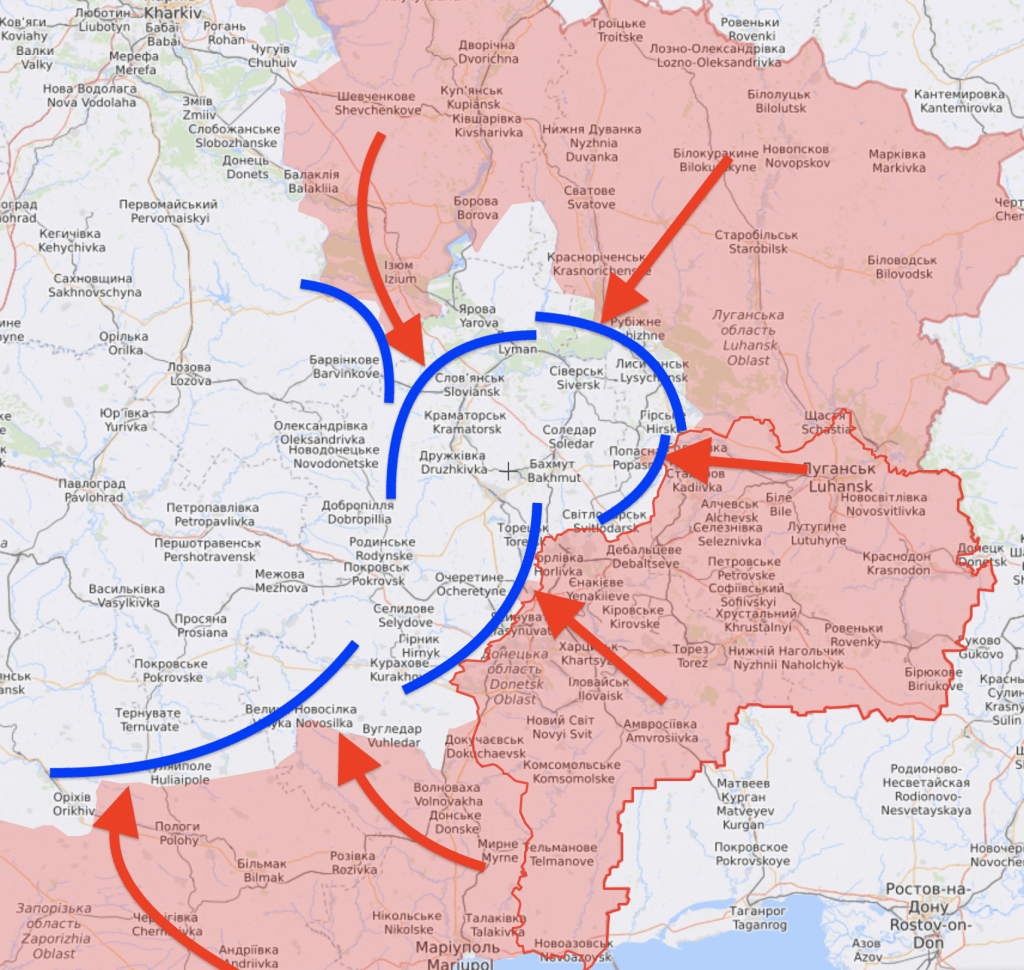
The start of Russia’s key offensive in Donbas was confirmed by Zelensky on April 18. Hostilities in the region never died down from day one of the big invasion but, in mid-April, Russian forces partially regrouped and focused on Donbas as the central prize.
However, as of early May, mere days before the May 9 deadline by which the Kremlin appears to have wanted to display some sort of “victory,” Russian forces have managed to achieve little.
Over two weeks of intense fighting, Russia has advanced by no more than 20-30 kilometers in either of the two axes, within a salient of nearly 14,000 square kilometers – roughly the size of the U.S. state of Connecticut.
The Russian military has made some limited gains south of Izium in Kharkiv Oblast, having advanced toward Barvinkove. But, as of early May, it has not managed to gain access to Izium or gain a foothold along the Barvinkove-Sloviansk road, which would allow it to approach Sloviansk from the west.
Russia currently has 25 BTGs attempting to advance in this direction, according to the British Ministry of Defense.
On the other axis, Russian forces since mid-April have managed to begin outflanking the Sievierodonetsk-Lysychansk area in Luhansk Oblast, having entered the town of Kreminna and moved some 30 kilometers west towards the towns of Yarova and Liman, where continue to face resilient Ukrainian defenses.
This advancement constitutes Russia’s biggest progress thus far after nearly three weeks of intense fighting.
On April 25, Russian forces also seized the town of Novotoshkivske in Luhansk Oblast, which had been razed to the ground amid hostilities and abandoned by civilians.
No significant progress has been achieved by Russia since then.
It is critical to note that, according to Western intelligence, the Kremlin likely counted on a decisive victory, including the complete seizure of Mariupol, by early May.
On the southern axis, parts of Russia’s 58th Combined Arms Army have also failed to demonstrate any significant gains in the recent weeks.
Ukrainian units continue to successfully defend key points of Huliaipole, Velyka Novosilka, and Vuhledar in Zaporizhzhia and Donetsk oblasts since mid-March, preventing the Russian axis from moving north.
According to the Pentagon, the southern deadlock appeared to have been so tight that Russia decided to withdraw at least two BTGs from Mariupol (despite ongoing attempts to take the Azovstal steel plant by storm) and likely redeploy them to Donbas.
The Battle of Donbas’ map looks virtually the same since the Russian withdrawal from the north in late March.
“Due to strong Ukrainian resistance, Russian territorial gains have been limited and achieved at significant costs to Russian forces,” the U.K. Ministry of Defense stated on April 29.
Moreover, according to British intelligence, following the battles of Kyiv, Sumy, and Chernihiv, the Kremlin had limited time to re-equip and reorganize its forces before the Donbas Offensive. Therefore, this reality, alongside poor morale, has hindered Russia’s combat effectiveness and the offensive’s momentum.
By early May, Russian attempts to advance stalled on all axes.
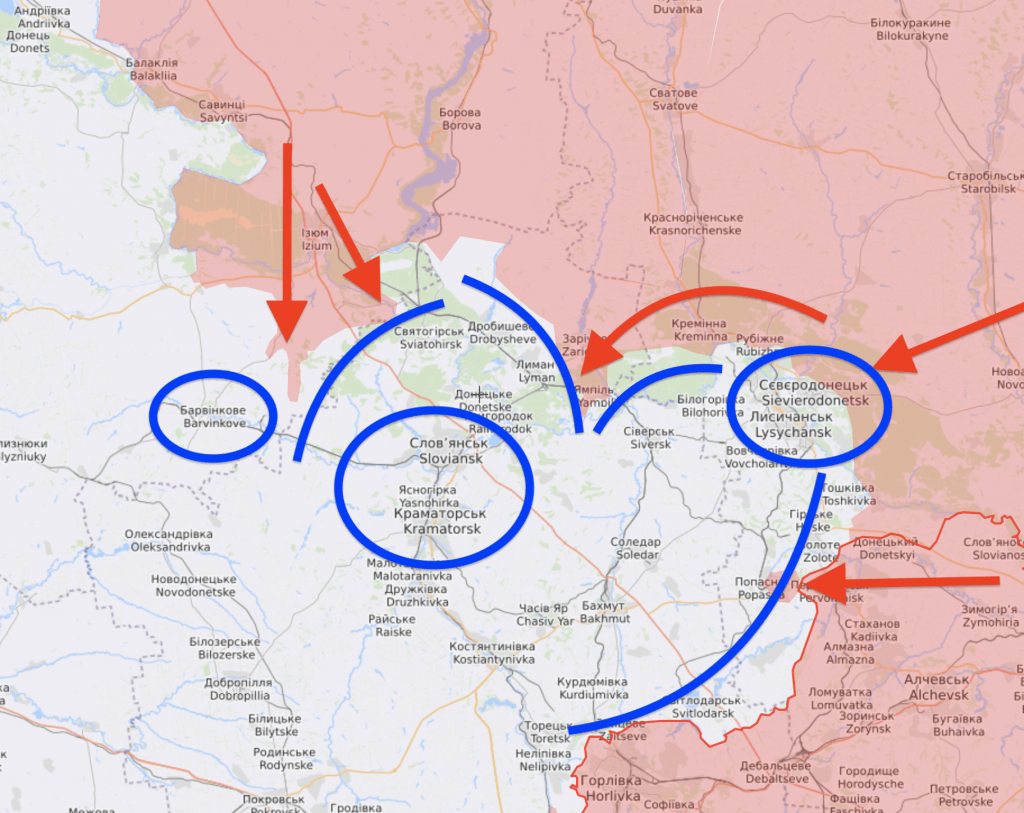
Mobile defense
Since the end of the Battle of Kyiv, Russia appears to have learned some lessons.
Rather than head-on, frontal pushes, Putin’s forces have been methodically probing Ukrainian defenses and trying to hit where it hurts, enjoying quantitative superiority in terms of artillery power.
Meanwhile, Ukrainian forces are sticking to mobile defense tactics that have succeeded in undermining the Russian blitzkrieg in the north.
Instead of taking a hard and static defense against a technically superior enemy, the Ukrainian military maneuvers and rotates reserves, taking advantage of local terrain and exhausting Russian forces.
As such, Ukraine’s military retreated from Kreminna on April 18, a town northwest of Sievierodonetsk, to avoid being overwhelmed and to continue exhausting Russian forces for more suitable defense lines.
April’s rainy forecast, alongside the rugged, forested terrain of central Donbas also played in Ukraine’s favor.
Ukrainian forces have also continued to outmatch Russia in terms of unmanned aerial vehicles surveilling battlefields. The abundance of Western-provided, man-portable anti-aircraft weapons (particularly, advanced British-made Martlet MANPADs) has also helped the Ukrainian military limit the Russian artillery’s situational awareness as scores of Orlan-10s and other UAVs were downed.
Notably, as of May 6, Russia has not managed to overwhelm or surround any of Ukraine’s heavily fortified strongpoints and has also failed to merge their attack axes coming from Izium and Rubizhne in central Donbas.
Since the very beginning of the full-scale war, it has also failed to break through the old Donbas frontline in its best-defended sections, particularly near Donetsk and parts of Luhansk Oblast.
Even when it comes to overtaking the highway running southeast between Izium and Slovyansk, or the open steppe of Zaporizhia Oblast, Russian forces have found it costly to move on.
What lies ahead of Russia in the Battle of Donbas is a range of heavily fortified strongpoints, prepared for a long-lasting and fierce defense, including Sloviansk, Sievierodonetsk, Kurakhove, and Avdiivka.
At the same time, Ukraine’s rear appears to have motivated and experienced reserves at its disposal, particularly the 3rd and the 4th Tank Brigade units deployed to the Sloviansk-Kramatorsk area.
Nonetheless, Russia has not ceased its attempts to gnaw through Ukrainian defenses, even though its main forces have been in hard combat for more than 14 days.
As of May 6, local authorities report fierce fighting near Sievierodonetsk, with Russian forces trying to attack the city from multiple directions.
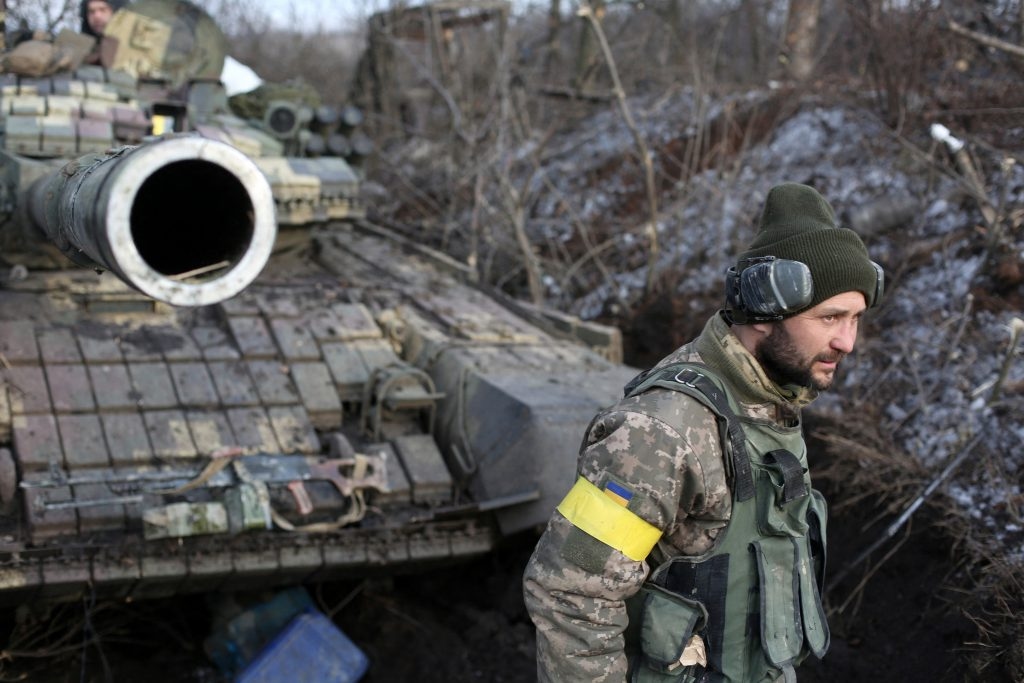
Counter-offensive
In addition, Russia appears to have a rather scarce reserve for a large-scale operation that is the territorial size of the 1943 Battle of Kursk.
North of Kharkiv Oblast, Russia still deploys parts of the 6th Combined Arms Army, particularly the 200th Brigade, which is known to have sustained heavy losses near Kharkiv and withdrew for recovery.
Following nearly three weeks of the Battle of Donbas, the expert community is increasingly doubtful about any prospects of Russian success in the operation.
“Further Russian reinforcements to the Izium axis are unlikely to enable stalled Russian forces to achieve substantial advances,” the Institute of the Study of War (ISW), a Washington D.C.-based think tank, said on April 30.
“Russian forces appear increasingly unlikely to achieve any major advances in eastern Ukraine, and Ukrainian forces may be able to conduct wider counterattacks in the coming days.”
And indeed, on May 5, Ukraine's Commander-in-Chief Valeriy Zaluzhniy announced in a conversation with the U.S. Joint Chiefs of Staff chairman Mark Milley that Ukrainian forces launched “counter-offensive actions” near Kharkiv and Izium.
Even before that, Ukraine’s military and U.S. intelligence both said that Ukrainian forces have managed to advance 40 kilometers near Kharkiv, mainly in areas northeast of the city.
On May 6, the Ukrainian military reported the liberation of a number of towns some 30 kilometers northeast of the city, having pushed the Russian forces farther north to the state border.
Ukraine’s activity in the region will likely be of secondary, auxiliary nature to divert parts of the main Russian forces in Donbas.
“The Ukrainian counteroffensive out of Kharkiv city may disrupt Russian forces northeast of Kharkiv and will likely force Russian forces to decide whether to reinforce positions near Kharkiv or risk losing most or all of their positions within artillery range of the city,” the ISW wrote on May 5.
“Russian forces made few advances in continued attacks in eastern Ukraine, and Ukrainian forces may be able to build their ongoing counterattacks and repulse Russian attacks along the Izyum axis into a wider counter offensive to retake Russian-occupied territory in Kharkiv Oblast.”
